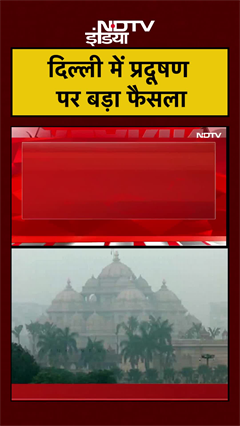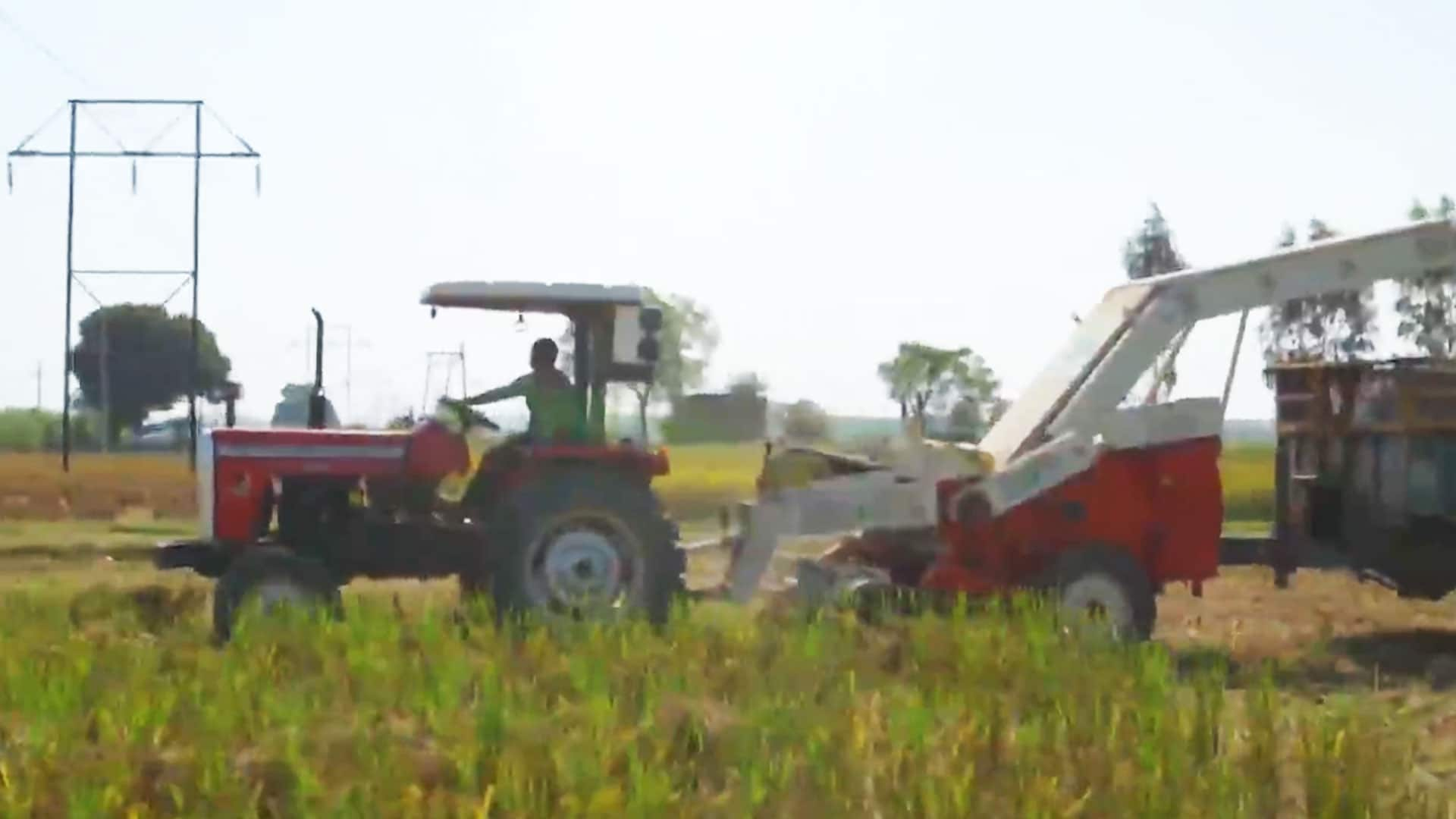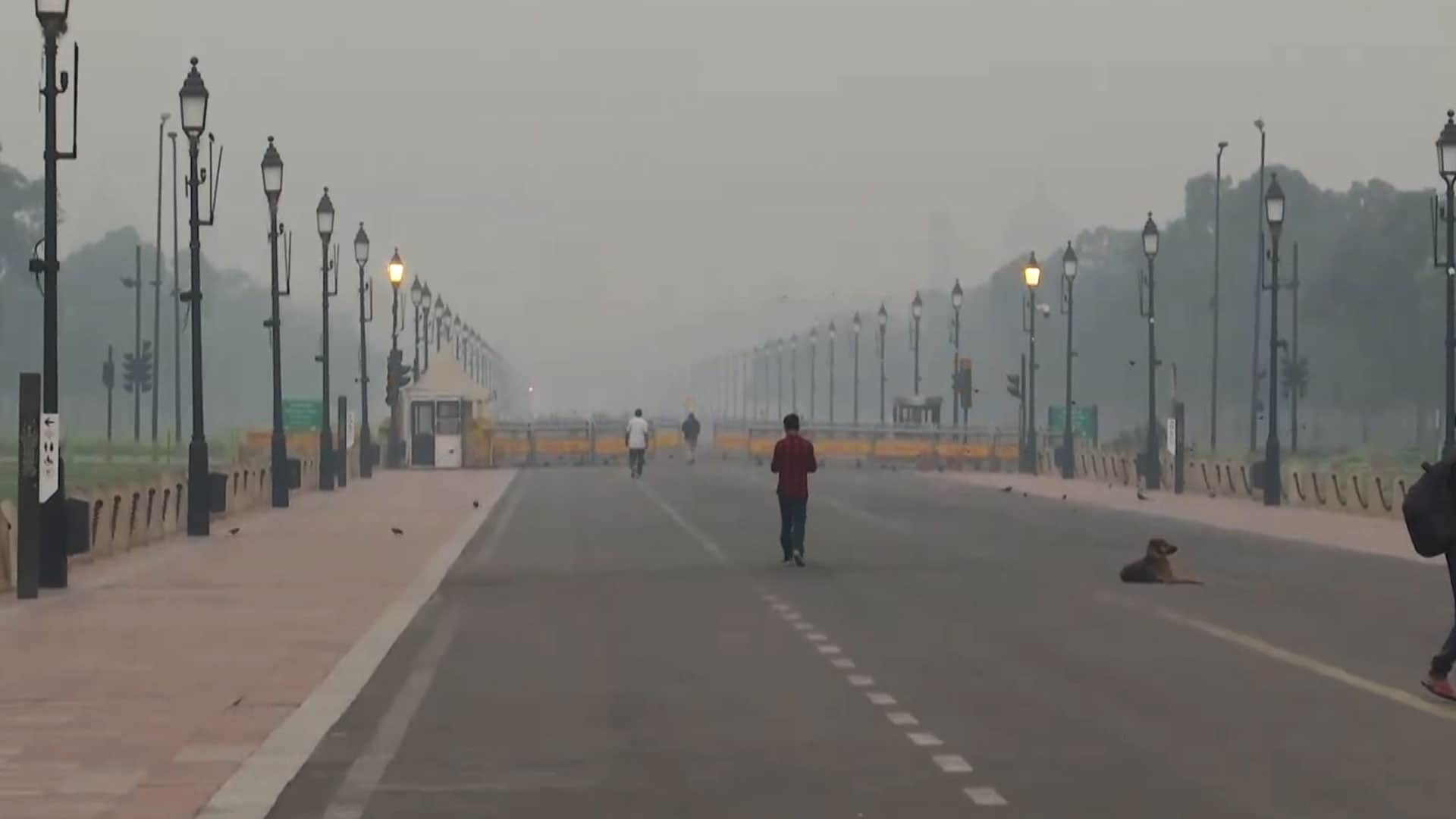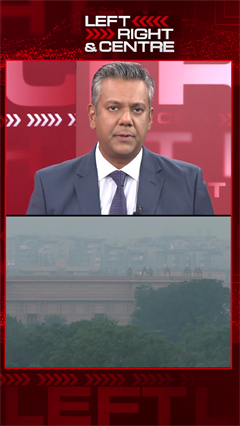- Home/
- Exposure To Air Pollution Linked To Increased Stroke Risk Within 5 Days: Study
Exposure To Air Pollution Linked To Increased Stroke Risk Within 5 Days: Study

Short-term exposure to air pollution may be linked to an increased risk of stroke, according to a study.
The meta-analysis, published recently in the journal Neurology, defined short-term exposure as occurring within five days of the stroke.
A stroke can cause lasting brain damage, long-term disability, or even death. Signs of a stroke can range from mild weakness to paralysis or numbness on one side of the face or body.
"Previous research has established a connection between long-term exposure to air pollution and an increased risk of stroke," said study author Ahmad Toubasi, from the University of Jordan in Amman.
"However, the correlation between short-term exposure to air pollution and stroke had been less clear. For our study, instead of looking at weeks or months of exposure, we looked at just five days and found a link between short-term exposure to air pollution and an increased risk of stroke," Toubasi said.
The analysis involved a review of 110 studies that included more than 18 million cases of stroke. Researchers looked at pollutants such as nitrogen dioxide, ozone, carbon monoxide and sulfur dioxide.
They also looked at different sizes of particulate matter, including PM1, which is air pollution that is less than 1 micron (μm) in diameter, as well as PM2.5 and PM10.
PM2.5 or smaller includes inhalable particles from motor vehicle exhaust, the burning of fuels by power plants and other industries as well as forest and grass fires. PM10 includes dust from roads and construction sites.
People who had exposure to a higher concentration of various types of air pollution had an increased risk of stroke.
Higher concentrations of nitrogen dioxide were linked to a 28 per cent increased risk of stroke and higher ozone levels were linked to a 5 per cent increase, the researchers said.
Carbon monoxide had a 26 per cent increased risk and sulfur dioxide had a 15 per cent increase, they said.
The study found that a higher concentration of PM1 was linked to a 9 per cent increased risk of stroke, with PM2.5 at 15 per cent and PM10 at 14 per cent.
Higher levels of air pollution were also linked to a higher risk of death from stroke, according to the researchers.
Higher concentrations of nitrogen dioxide were linked to a 33 per cent increased risk of death from stroke, sulfur dioxide, a 60 per cent increase, PM2.5, a 9 per cent increase and PM10, a 2 per cent increase, they said.
"There is a strong and significant association between air pollution and the occurrence of stroke as well as death from stroke within five days of exposure," Toubasi said.
"This highlights the importance of global efforts to create policies that reduce air pollution. Doing so may reduce the number of strokes and their consequences," the researcher added.
The authors of the study acknowledged some limitations of the study was most of the research articles included were conducted in high-income countries, while limited data was available from low- and middle-income countries.
Latest Stories
- Rupali Datta | Saturday November 01, 2025
What you eat can play a powerful role in keeping your defences strong and your energy steady. Read on for details.
- Edited by NDTV News Desk | Saturday November 01, 2025
Starting November 1, the Delhi government has prohibited the entry of BS4-engine commercial vehicles to tackle severe air pollution.
- Press Trust of India | Friday October 31, 2025 , New Delhi
Delhi's winter atmosphere is climatologically unsuitable for consistent cloud seeding due to a fundamental lack of sufficient moisture and saturation, particularly during the peak pollution months of December and January, according to a report
- Written by NDTV Auto Desk | Friday October 31, 2025
The air filter was only available on the Hector previously, but now it will be offered on all the models of the brand.
- Press Trust of India | Friday October 31, 2025 , New Delhi
As toxic haze envelops Delhi-NCR, hospitals are seeing a surge in the number of patients with complaints of throat irritation, worsening of existing health conditions, wheezing, and chest tightness.
................................ Advertisement ................................
Latest Videos
Opinion
Opinion | Why Indians Have Just Given Up On Air Pollution CrisisTanushree Ganguly
Friday December 20, 2024While some may argue that people in Delhi are now more aware of air pollution than they were a decade back, my rebuttal would be that awareness does not mean that people are concerned.
Opinion | You Must Outrage Over Filthy Air More Than Once A YearJyoti Pande Lavakare
Tuesday December 10, 2024Delhi welcomed us with monsoon rains and mangos. We were home. Fast forward a couple of years, in the winter of 2012, I found myself in denial about something other parents, mostly expats, were calling toxic air.
Opinion | Delhi's Air Pollution Situation Is Like A Bad MarriageNishtha Gautam
Friday November 22, 2024On a good day, such as today, the AQI reading in Delhi is 407. We are jubilant at the sickly sunshine trickling through the slightly dissipated smog. At least its not 1600.
दिवाली... पराली... सियासी जुगाली!Ashwini kumar
Monday November 18, 2024दिल्ली-एनसीआर में प्रदूषण का समाधान तो आज तक मिला नहीं. हर साल चिंतित होकर हम-आप सांसों की तकलीफ के साथ-साथ दिल और ब्लड प्रेशर के मरीज भी क्यों बनें?
घर में कैद बुजुर्ग और हांफते लोग, दिल्ली की सांसों में घुला ये कैसा रोग?Nidhi Kulpati
Friday November 08, 2024हमारी हवा जहरीली हो रही है. गुरुवार की शाम को जब मैं इस मुद्दे पर लिखने बैठी तो AQI लगातार 400 पार जाकर दम घोंट रहा था. बहुत लोगों को यह मामला बोरिंग लगे, लेकिन जब आप अपने साथ काम करने वालों को खांसते-हांफते देखते-सुनते हैं, तो चिंता होने लगती है. सुबह उठते ही दरवाजे खिड़कियां खोलने के लिए डॉक्टर मना कर रहे हैं. बड़े बुजुर्गों के लिए तो मॉर्निंग वॉक बाहर की दुनिया से सीधे संपर्क का ज़रिया है, लेकिन डॉक्टर इसकी भी मनाही कर रहे हैं.


















